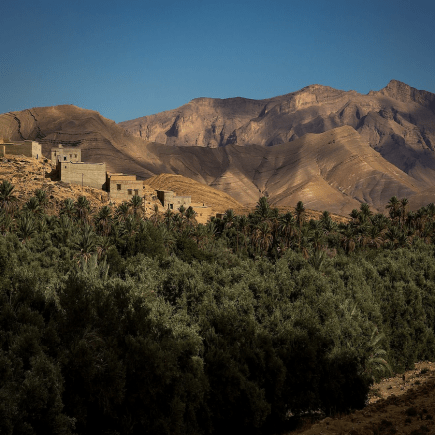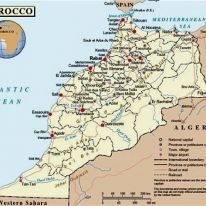
Following the discovery of tools and materials in Morocco’s Anti-Atlas Mountains, researchers make the case for a “large-scale” site for prehistoric occupation in the region. The discovery of debitage stone at Imaoun suggests the existence of a possible prehistoric community. According to a study in the scientific journal Almogaren issue number 52, this prehistoric community would have existed about twenty kilometers northeast of the Akka oasis in the Anti-Atlas.
As stated in Almogaren issue number 52, “in 2017 and 2018, prospections for rock art at Imaoun in the Anti-Atlas, South-East Morocco stumbled upon Levallois lithic material. The homogenous production based on the use of local raw material could indicate an important site. Even if very few pieces were discovered, this site could shed light on human occupations in South-West Morocco due to the absence of data for the Middle Paleolithic in that area.”

Researchers and co-authors of the study including Julien Biver, Carmen Hause and Luc Hermann, trust that “the homogenous production based on the use of local raw material could indicate an important site.” Highlighting that even if very few pieces were discovered, this site could shed light on human occupations in South-West Morocco due to the absence of data for the Middle Paleolithic in that area.
The study showcases that the region is defined by its complex geological systems, and its substrate, mainly consisting of sandstone and quartzites, which go back to the Paleozoic period.
The research document notes that among the recorded discoveries lay “two nuclei, as well as five flakes all belonging to Levallois technology,” which were not collected in order to preserve the little contextual information associated with the latter. The discovery suggests a site of larger scale and is therefore clear evidence of prehistoric occupation.
Morocco has been the home to many historic and prehistoric discoveries including rare materials, tools, and fossils.





